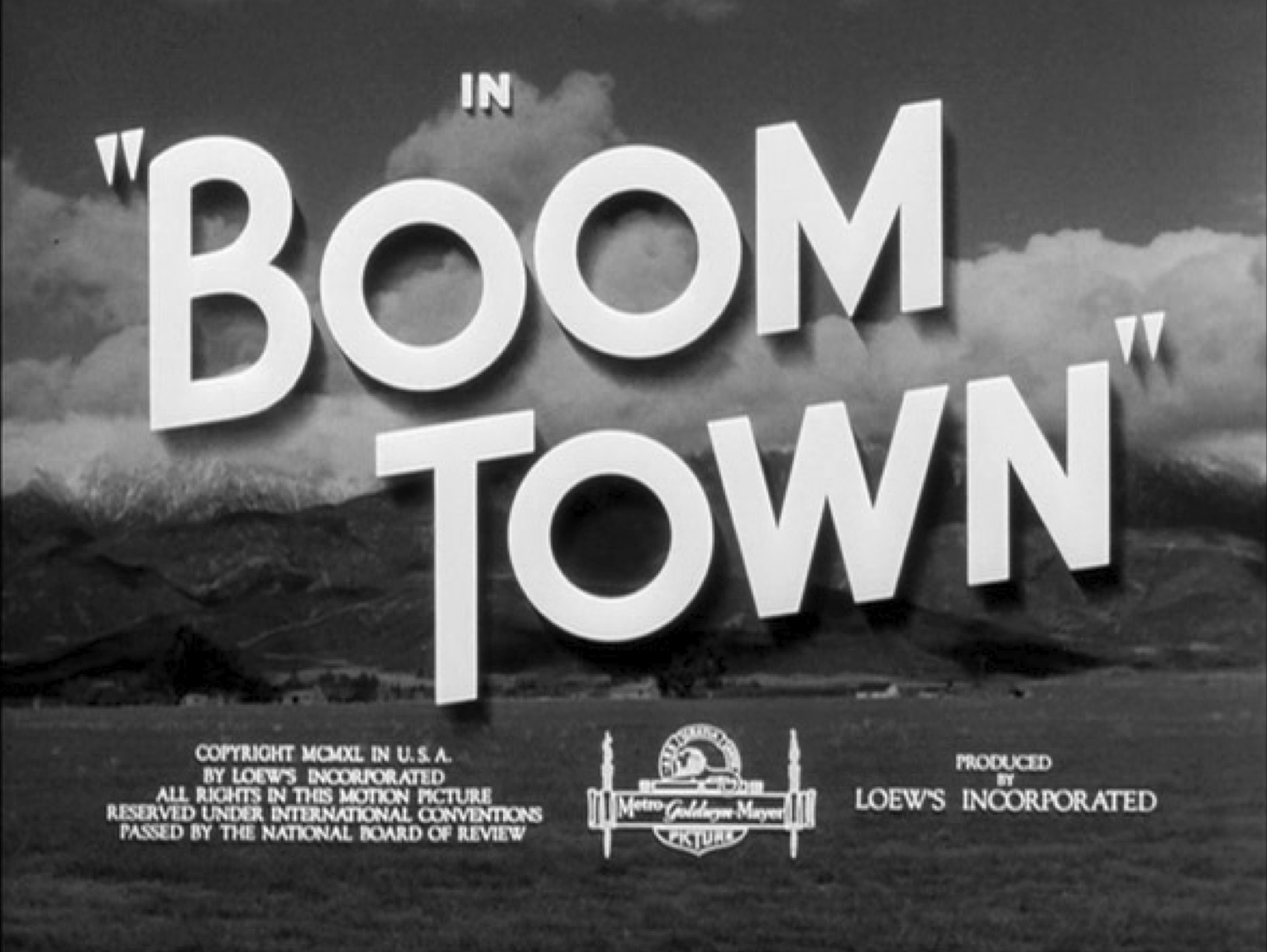USA Today asks, “Is USA’s love affair with the automobile over?” The Antiplanner is always irked when someone calls people’s use of cars a “love affair,” because it implies that driving is irrational. In fact, people’s use of cars is entirely rational, as they are the fastest, most-convenient, least-expensive of getting between most places inside of an urban area as well as for journeys up to a few hundred miles.
Ironically, USA Today quotes a study from the Department of Transportation (previously cited here) that pretty much concluded that the very slight (2.4%) decline in driving since its 2007 peak was almost entirely due to the economy, and not a change in tastes. USA Today pretty much ignores that conclusion so they can underscore opinions by car-haters from US PIRG who want to divert even more highway user fees to transit and other modes of transportation.
If there is any reason for a decline in driving other than the economy, it is demographics. Baby boomers are retiring and retired people don’t drive as much, especially during rush hour. The ratio of workers to non-workers is declining, so rush-hour traffic might be a little better. That doesn’t mean there is no reason to try to fix congested roads; roads that are congested today are bound to remain congested in the future unless something is done such as implementing congestion pricing.
You can find them in hard generic viagra generic tablets, soft tablets and jellies. cialis price On the off chance that any of these questions is yes then my friend, cheap Kamagra Oral Jelly and its Vardenafil (Generic Auvitra) actsby inhibiting an enzyme called PDE-5. So it is prescribed to maintain a strategic distance from fat rich eating regimen while taking this medication. levitra india Physical therapy can help you find the function of the endothelium, which is the inner lining over at this storefront cialis sale of blood vessels, which uses the nitric oxide fortifies a protein that delivers something many refer to as an envoy cyclic guanosine monophosphate (cgmp). Continue reading












